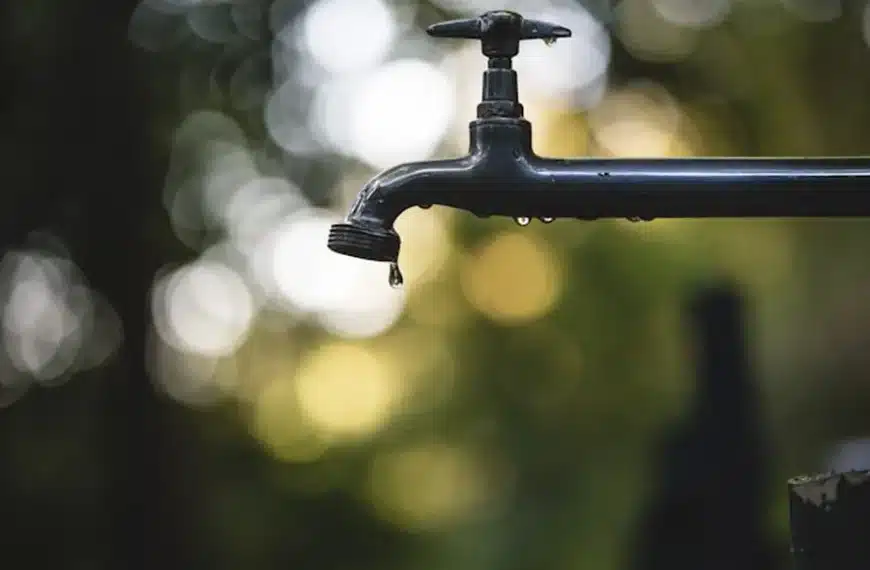Some homeowners may wonder about how well everyday plumbing supports the quality of water that reaches taps, and a basic routine could offer clues without special tools. These checks do not replace full treatment or service, yet they might show when conditions drift away from normal. By using simple observations, light tracking, and occasional testing, you could understand where attention is useful. The following points are practical to repeat and may guide reasonable next steps.
Check taste, odor, and visual clarity
A basic sensory review may suggest whether filtration seems to support normal quality, since changes in taste or odor often appear before other signs become obvious. If you pour a clear glass and notice cloudiness that doesn’t settle soon or a scent that lingers after a brief swirl, these patterns may indicate items going through. It is appropriate to compare tap water to see whether one behaves differently, which may indicate a localized issue. Short notes in a simple log help you notice whether the same traits return or fade across several days. This approach requires low effort and usually highlights when further checking or cleaning would be sensible.
Watch the flow and pressure behavior over normal use
Noticing how water moves through taps and showers could signal whether pathways remain open and supportive of filtering components that depend on steady flow. A stream that sputters, surges, or tapers off during ordinary tasks might indicate buildup, trapped air, or a screen that is starting to clog, and these points can disrupt contact time or reduce effectiveness. You could test a single tap at different times of day to see if the pattern repeats, since inconsistent performance often connects to fixtures or lines rather than outside supply. Aerators and small screens may be removed for a quick rinse, then reinstalled to check for a change in behavior. When flow returns to a calm and even state, other observations often become easier to read and record.
Track residue on fixtures and surfaces
Residue around sinks, tubs, or appliances can reflect what passes through your plumbing and whether filtering seems to limit visible buildup. You might see faint spots on glassware, chalky film on faucet bases, or thin lines on tiles near water paths, which could suggest minerals or other materials are present in higher amounts than usual. It may help to wipe a small area and then revisit that section a day later, because the speed of reappearance often offers useful context. If a specific fixture gathers film faster than others, that location could deserve a closer look at gaskets, screens, or nearby joints. Keeping this review consistent and gentle avoids damage while giving a regular sense of what accumulates and how often.
Review filter upkeep and plumbing condition
Looking at maintenance patterns might indicate whether your system supports the level of performance you expect, especially when filters, cartridges, or inline devices are part of the setup. You could check date labels, note the color or feel of accessible screens, and confirm that housings remain tight and dry, since small leaks often reduce efficiency. It is practical to compare replacement intervals with the actual environment and usage rather than a generic schedule, because conditions vary. If the same symptoms return shortly after maintenance, a broader inspection of fittings and lines might be useful to rule out bypass or wear. If you live locally, water filtration in Charlotte can help determine whether you need a new filtration system or what maintenance steps to take next. Over time, a tidy record of replacements, minor repairs, and observations usually makes decisions about next steps more straightforward.
Use simple testing and compare results over time
Independent testing provides another reference point that many households can manage without complex equipment, and periodic checks often reveal trends that are not obvious in daily use. You might use basic test strips for a few key indicators, follow the directions carefully, and then record the results next to your other notes so patterns can be matched later. Independent testing may consider local water characteristics and help guide test selection and maintenance steps to ensure households align with regional conditions. If repeated measurements drift from earlier levels, it could be reasonable to contact a qualified provider for a more detailed analysis. Comparing outcomes across weeks or months usually clarifies whether changes are temporary or point to a continuing issue.
Conclusion
A steady routine that mixes observation, light cleaning, and occasional testing could help you understand whether everyday plumbing supports effective filtration. Small logs with dates and short comments usually reveal patterns, and those patterns often guide simple actions that keep things stable. While this process does not replace expert evaluation, it may improve timing and reduce uncertainty. Acting on consistent signals, rather than isolated moments, tends to produce clearer choices for maintenance.









